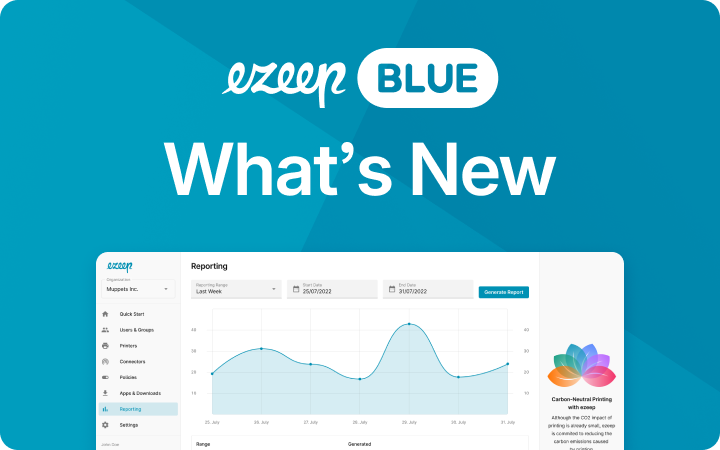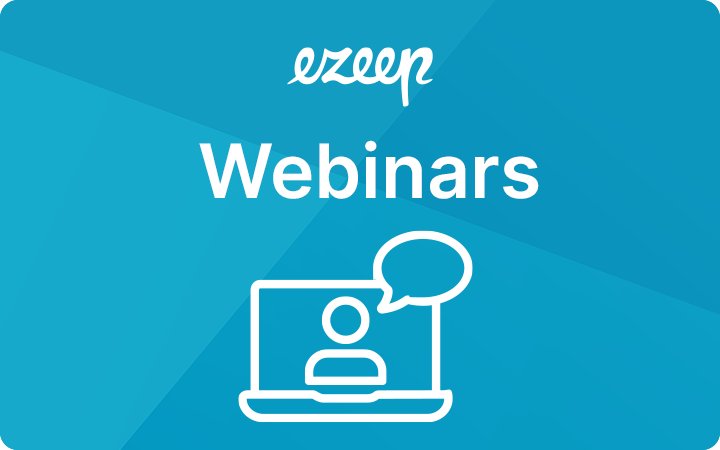Hybrid Work, New Work and How We’ll Actually Work in the Future
Hybrid Work, remote work, new work: Ever since covid-19 entered our lives, these buzzwords have been everywhere in the media.
We talked to our CEO Charlotte Künzell, about these concepts and her assessment of our current and future working world.

Is hybrid work new work, or how do you see the future of work?
Many employees have had positive experiences working from home offices during the pandemic and want to keep it that way. On the other hand, employers have learned that the home office does contribute to employee productivity. As a result, the myth that a day in the home office is more like half a day of vacation has finally been laid to rest.
Ultimately, the change in thinking has succeeded because the infrastructure and, above all, the communication channels are now in place and familiar. No one is disconnected anymore when they work in their home office instead of the traditional office.
So, to come back to your question, yes, for occupations that can be done on a laptop, PC, Mac, etc., I see hybrid work on its way to becoming the new normal.
What is your definition of hybrid work?
For me, hybrid work stands for a flexible model in which employees decide whether they want to work in the office or at another suitable location. They can work where they think they can be most productive and at times that best suit their personal and the company’s interests.
In practice, however, it isn’t possible to do this entirely without some regulations and restrictions. For example, what a “suitable location” is needs to be defined. A whole host of legal requirements also play a role here. In addition, it is necessary for a sense of unity, for creative processes, and ultimately for one’s own well-being to meet with people, to have team days with colleagues, and to have those informal kitchen chats.
I am very interested to see how far the remote work trend will go. It’s already noticeable that loyalty to the employer decreases when employees work exclusively from home. It is quite conceivable to me that in the future, especially in the software industry, there will hardly be any permanent employees, but freelancers from all over the world will temporarily come together virtually to form project teams.
What challenges does this pose for IT?
“How can we provide our colleagues with everything they need for their work?” was probably the first question that colleagues from the IT department asked themselves when home office duties became mandatory overnight.
Programs, documents, contracts that need to be signed, telephones, meeting rooms, printers, mail, and all the things in the office that were used and done by employees without a second thought were suddenly challenges that had to be reorganized.
At the same time, it was clear that the security of IT systems had to be ensured. When everyone accesses the corporate network from their private PCs at any level of security, or when employees book the next best cloud service that has just been advertised on Facebook to collaborate with colleagues or customers, this is highly questionable when it comes to data protection and security.
IT departments have faced, and continue to face, the major challenge of ensuring security without restricting employee productivity. And it’s important not to lose track of the systems and components in use.
At the end of the day, the further you’ve progressed in your cloud strategy, the easier it is for employees to find the same environment, regardless of where they’re working from. Cloud authentication and identity management, SaaS applications, virtual desktops, VPN, or even better, zero trust are key components here.
And last but not least, employees must be equipped with suitable devices so that working outside the office doesn’t become a permanent workaround.
Why should special attention be paid to printing?
Some documents have to be printed out because they are a mandatory part of a process, or where printing is still required by law. But there are also plenty of other documents that I want to print.
For example, most people prefer to read longer texts on paper. This is no wonder, studies show that comprehension of longer texts is better when reading on paper than when reading on screen, especially when under time pressure. (Stavanger Statement, Findings, Recommendations, and Research Questions “On the Future of Reading”).
If I can only print documents whenever I’m in the office, that then slows down processes considerably.
And, of course, no one wants isolated solutions or workarounds. Printing should always work easily and quickly for all employees, whether in the office or the home office. This is only possible if the process always remains the same and works everywhere so that no one gets the idea of playing admin at home to somehow output documents on their home printer.
How does ezeep help companies implement hybrid work?
ezeep makes it easy to enable printing in all kinds of scenarios where employees choose when, where, and with which devices they want to work. At home using their own printer or one provided by the company, with their home PC or the company laptop? Maybe even something when on the road and sent to the office printer?
Thanks to ezeep, this isn’t a challenge for either the IT department or employees. As an admin, I have to deploy software, collect information about existing printers, create printers, and deliver the print jobs, and as an employee, I continue to print as usual.
Beyond that, of course, there are other advantages. As a user, I can very easily choose for myself via a web portal which printers I want to use, and then they are immediately available on all my devices. So it doesn’t matter whether I’m using a Windows device, a Mac, or even an iPhone or Android device. I can also simply use the web portal to print a document without having to install any components.
The same portal gives administrators the ability to clearly and easily control printers and printing to the degree they want. From assigning mandatory printers to specifying that individuals only receive printouts after authentication, everything can be configured with just a few clicks. Even integrating a printout option in your own web application is possible in a very short time.
What about security?
Security has many aspects and concerns not only the solution itself and the architecture behind it but also us as a corporate entity. Of course, as a cloud provider, you theoretically have access to customer data. Even here, technical restrictions and policies ensure that employees don’t have such direct access. All employees receive regular training, and audits are conducted to check that security measures have been implemented and that employees adhere correctly to procedures.
Fortunately, with a cloud solution, it is not as complex and less costly to ensure resilience. Cloud providers, in our case Microsoft Azure, already offer many managed services that are easily scalable, secure, and highly available.
Of course, we monitor our services 24/7 and our own team makes sure that everything is always up-to-date and at the latest security level.
For software development, we use security standards like RFC-6749 (OAuth 2.0) or TLS 1.2 encrypted communication. The software installed by the customer communicates solely via outgoing ports, eliminating the often complex configuration and maintenance of firewalls and routers on the customer side.
Reviews with independent penetration tests take place to find vulnerabilities and to allow us to fix them quickly.
In addition, we support our customers in their security architectures to enable printing without having to define exceptions for example in zero-trust networks.
We’re also a member of the Cloud Security Alliance and publish our security measures according to the Cloud Controls Matrix and the CSA Code of Conduct for GDPR Compliance.
Your hybrid/new work takeaway?
Whether a legal right to home office for employees exists or not, now is the time to incorporate the lessons learned from the pandemic into the work culture in a sustainable way.
We can take away many positive effects and must find ways to counter work-life balance overload, loss of loyalty, and isolation.
The freedom I have to reconcile my workday with my private life in the best possible way on an individual basis will become a hiring factor. I’m glad that with ezeep we’re supporting work models in all their diversity.

